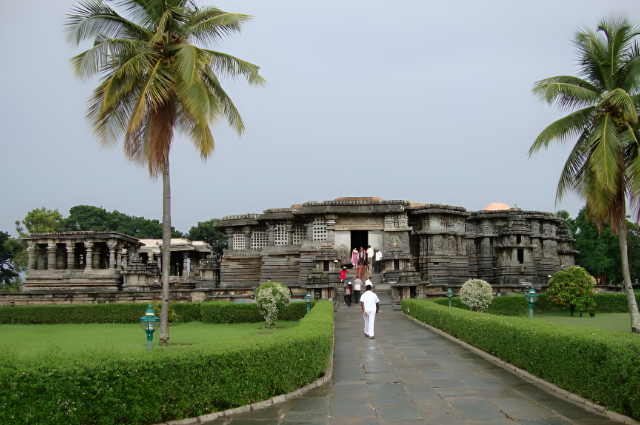The Hoysala temples at Belur, Halebid, and Somanathapur in Karnataka were also declared as UNESCO World Heritage Sites just after a day when Shantiniketan was included under the list. This move is an attempt to promote the ancient cultural diversity and promote tourism to these places.
The temples are the Chennakeshava temple at Belur Hoysaleshwara temple at Halebidu and Keshava temple at Somanathapur in the Mysuru district.
The ASI says that the coming together of creative genius, architectural eclecticism, and symbolism into this outstanding sacred architecture makes these Hoysala temples a true work of art and their presence is truly an honor for India and the entire world heritage community.
The 'Sacred Ensembles of the Hoysals' often described as 'Poetry carved in Stone' at the global level was recommended by the Centre's Ministry of Culture as India's latest nomination for consideration as a World Heritage Site for the year 2022-23.
The Ensembles of the Hoysals consisting of temples, shrines, and associated structures, rich in innate carvings on the stone are scattered across districts of Karnataka and are recognised tourist destinations.
The excellence of the sculptural art underpins the artistic achievement of these temple complexes which represent a significant stage in the historical development of Hindu Temple Architecture.
The Hoysala rulers ruled over parts of South India from the 11th century to the 14th century as their capital. It was considered as a significant era in the development of South Indian art, architecture, and religion.
It has been a proud moment for Karnataka and the heritage and culture which the state represents.
. . .
References:
- m.timesofindia.com
- hindustantimes.com

